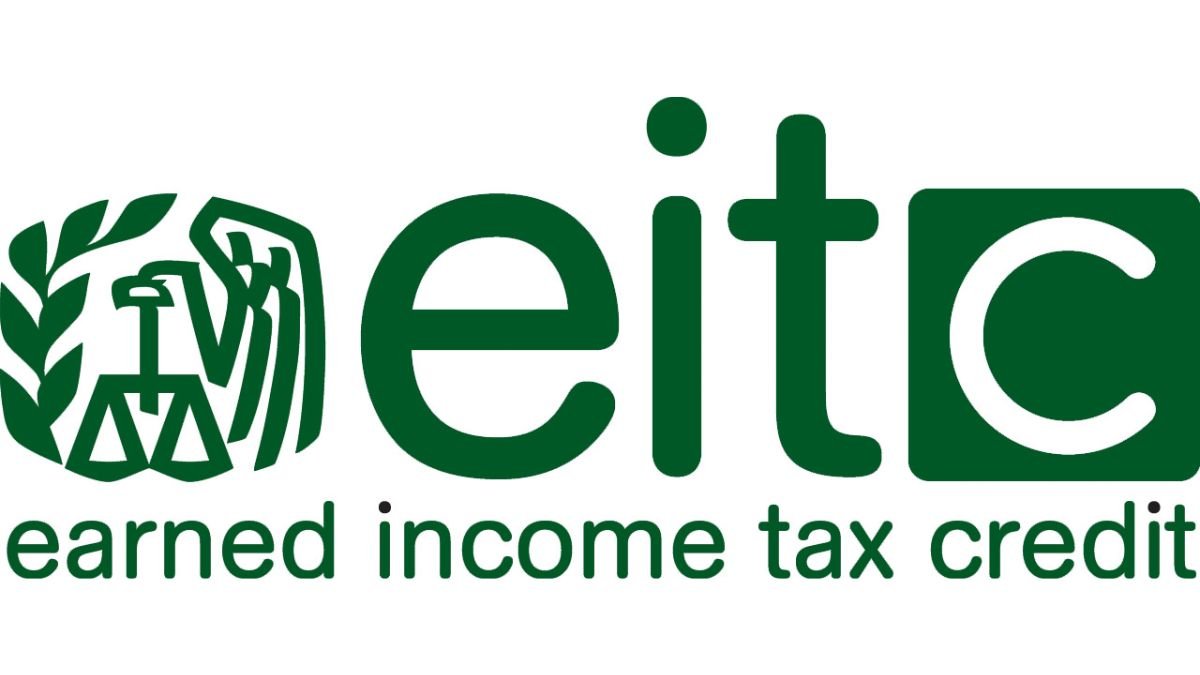The EITC aims at cushioning working-class people with a tax credit, constituting more social security. Through its relief programs, the EITC can serve to significantly lessen the burden of inflation and rising costs-of-living on families hit hard by such factors.
The EITC is, by and under this refund program, the major financial sustenance to most people who rely mostly on wages throughout the year. The EITC is also meant to equalize market income distribution by putting money into the hands of ordinary people. If this money gets into the hands of the underclass and middle-class, they are likely to spend it, therefore creating a market for vendors and small businesses.
Differences for Working People With and Without Children
Maximum EITC benefits go to families with children because their eligibility limits as well as the amount of credit under EITC are higher.
For instance, this couple with three kids can claim maximum credits of up to $7,410 while an individual without kids can only claim a maximum of $650.
However, starting in 2026, the IRS is moderately going to increase benefits for working persons without children, thereby providing some financial relief from these increased costs.
Security Measures Adopted by the IRS in Respect of EITC Claims
IRS is closely monitoring the EITC program against fraudulent claims. Every year investigations are carried out concerning some returns considered suspicious to ensure that only deserving citizens benefit with the claim by the end of every tax year.Today, on Reddit.
The IRS is able to request further documentation if the taxpayer’s return shows inaccuracies.
Thus, it is imperative that all the required documents like a Social Security card, W2 forms, and proof of residence be available on hand while claiming the EITC.
Economic and Social Impact of EITC
The EITC is rated one of the most successful anti-poverty programs in the USA. Every year, billions in credits are paid directly into the bank accounts of families, helping enhance their living standards in the local economy.
With higher credits suggested for 2026, the program will, in the economic experts’ opinion, further shield low-income groups from the inflationary impact.
The EITC encourages more people to seek formal work knowledge that they will get back in benefits, even after tax.
Future EITC Expansion and Digital Improvements
The federal government is now streamlining online tax filing procedures to allow everyone to claim the EITC.
By 2026, the IRS EITC Assistant Tool will undergo even more improvements to allow any taxpayer to easily check his or her eligibility.
Moreover, the mobile filing app will be an additional easy and fast option to file your taxes.
The goals of the government are to make sure no hard-worker misses their entitlement information.
Conclusion
EITC 2026 is a program that not only offers tax relief but also creates real economic upliftment in the lives of hardworking Americans.
It brings hope for families trying to stabilize their finances under rising prices, rents, and luxury.
Filing for the credit is not cumbersome or tough; it only involves correct information and proper timing of tax filing.
The EITC stands for a partnership with the belief of the government and the taxpayers in restoring tax systems from an instrument of liability to an instrument of relief.
In 2026, when the credit finds its way to millions of working Americans, it will not just be a tax benefit; it would embody hard work, honesty, and economic justice.
FAQs
Q1. Who is eligible to claim the Earned Income Tax Credit (EITC) in 2026?
Individuals or families with earned income within the IRS limits, valid Social Security numbers, and U.S. residency for the full year are eligible.
Q2. How can I claim the EITC benefit?
You must file a federal tax return using Form 1040 and complete the EITC section, even if you don’t owe any taxes.
Q3. When will I receive my EITC refund?
If you file early and your return is approved, EITC-related refunds are generally issued by late February.
